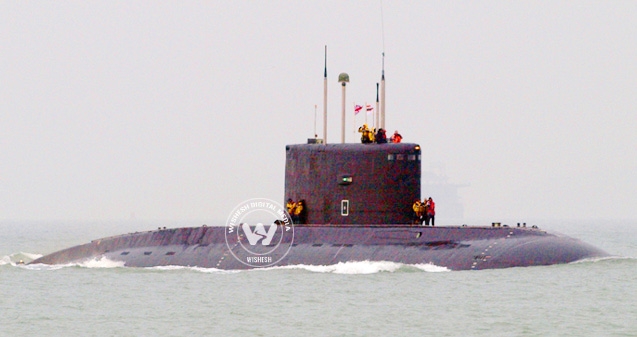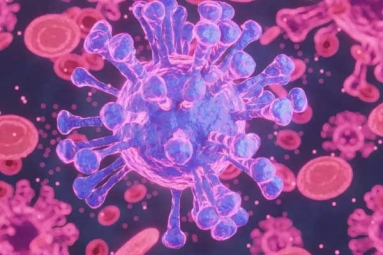
(Image source from: Could INS Sindhurakshak be saved?})
A newlywed, a duteous son, an elder brother, a sole bread earner— these were just a few gallants who went down with INS Sindhurakshak last Wednesday, August 14, after multiple explosions blew up the Indian submarine. While dead bodies of four soldiers have been pulled up, bodies of 18 other Navy personnel are still missing. As families of the missing soldiers hope against hope for their safe return, one big question hits the mind — could the disaster been averted?
Well, to a certain extent, yes, had our Indian Navy vessel been as strategic as U.S. Navy vessel.
According to the Discovery News, U.S. Military vessel has two rescue modus — a tethered and a deep submergence rescue vehicle.

The U.S. Navy bets heavily on tethered method, which has three components - one each for every stage of a rescue operation.
In the first part of Submarine Rescue Diving Recompression System (SRDRS), a diver wearing a special “atmospheric dive system” suit, swims to the sub to ensure that the hatch is accessible and if there are any survivors.
Once he ascertains that there are survivors trapped inside and the hatch is in working condition, he summons a remotely operated vehicle – a pressurized rescue module (PRM) - typically crewed by two people for rescue. The vehicle links to the submarine hatch using a ‘skirt,’ which is essentially a tube covering the hatch and pushes out the water with pressurized air.
“The outside water pressure is able to seal the tube onto the hatch the same way air pressure holds a suction cup to a wall. The sailors can then make an exit from the submarine through the skirt, they then board the PRM and go up to the surface where it docks with a larger pressure chamber. The chamber then lowers the air pressure inside until it matches that outside in order to avoid giving the rescued sailors decompression sickness,” further explained the news site.
AW: Suchorita Dutta










